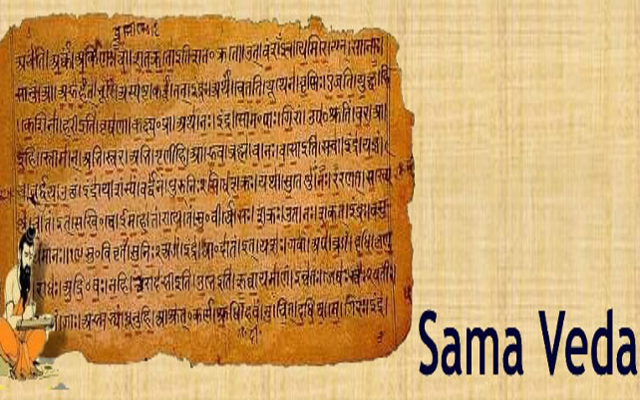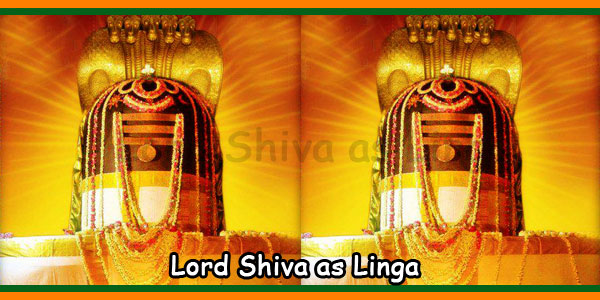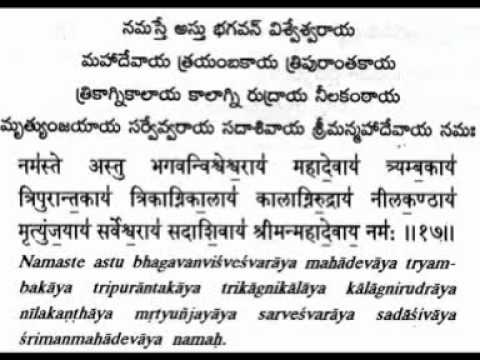


“Oh Rudra, My salutations to your anger and to your arrows. This is my steadfast vow.” Throughout the Rudram, the seer takes refuge in Rudra while acknowledging his power and fierceness. “He who turns even once to me and takes refuge in me saying Lord I am yours, save me! I protect him from dangers from all quarters. And as Rama says to Vibhishana (Ravana’s good brother in the conflict of the Ramayana) This surrender by the devotee is called Sharanagati taking complete refuge in God in body, mind, and soul. Throughout all of the Vedic tradition, the devotee who turns to God is guaranteed protection. In the same way, Rudram both acknowledges the fierce nature of Rudra and asks for Him to show only the peace. In a moment, Krishna relents and changes back into HIS less frightening aspect. Having seen this, thy marvelous and awful form, the three worlds are trembling, O high souled Being.” “This space between heaven and earth and all the quarters are filled with Thee alone. The whole universe is heated up with your radiance.” The sun and moon are your eyes, the burning fire your face. “I see thee without beginning, middle, or end, infinite in power with many arms.

In this vision, he sees not only the calm but the fierce and destructive as well. In Chapter 11 of the Bhagavad-Gita, Arjuna is shown the universal form of Krishna as Lord of the Universe. Rudra is the fierce aspect and Shiva the calm aspect of the deity most often referred to as Shiva. In the Rig Veda, Rudra is associated with the dramatic fierceness of the thunderstorm and lightning which strikes at men and cattle, but which through the rain is the source of peace and plenty. In the Vedic tradition, all the deities have two seemingly contradictory manifestations peaceful and fierce. Particularly today we see so much seemingly senseless destruction around us that it becomes completely bewildering! How can we account for that apparent contradiction? And even if we understand it, what can we do about it? And at the same time, there are more desirable and gentle forms of “destruction” as the old makes way for the new and the depth of ignorance gives way to the freedom and happiness of enlightenment. How all encompassing the force of destruction is and varied are the ways in which it manifests in everything from the thunder in nature, to war among men. Imagine for a moment that you are a rishi and wish to record your vision of this force of nature. So Sri Rudram is both recognition and praise for the vital place Rudra holds in creation. The creative force is Brahma, preservation is Vishnu, and destruction is Rudra. All of creation is a manifestation of three forces creation, preservation, and destruction. In Sanskrit “rishi” means enlightened seer and this hymn is simply a record of what he saw. The melody and rhythm are unique and comfortable from the first listening, but once you dive into the meaning the problems arise! In some ways, it helps to start with the understanding that these Vedic verses are the cognition of an ancient Rishi. Like all Vedic texts, it is pleasing to the ear but confounding to the intellect. Sri Rudram is found in the Krishna Yajurveda, Taittariya Samhita along with its companion text Chamakam. Those who want to go through the meaning may please read Sanskrit phrases and English transliteration here. It is one of the most sacred and powerful Vedic hymns and is recited in poojas and homam by Vedic pundits for all-round benefits. The second part is known as Chamakam (because of repeated use of the word “Chame”) is found in the seventh chapter. The first part is known as Namakam (because of the repeated use of the word “Namo” in it) is found in the Krishna Yajurveda, Taittariya Samhita in the fourth chapter. Srirudram, also known as Rudraprasna, is a hymn devoted to lord Shiva.


 0 kommentar(er)
0 kommentar(er)
